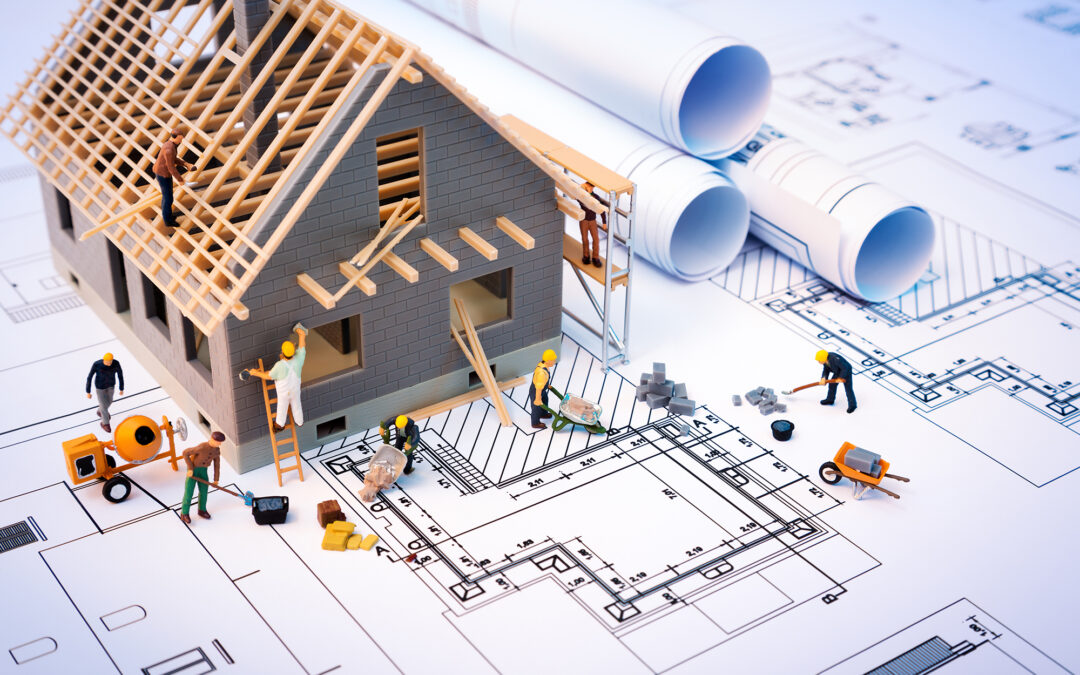The Atlantic hurricane season is just around the corner. It runs from June 1 to November 30. While there is no such thing as a hurricane-proof home when building a new home in Florida, there are things that you can do to fortify and improve the integrity of your home during the construction process.
Florida has the highest mandatory building code in the nation. Code changes were imposed after Hurricane Andrew in 1992 in South Florida and expanded statewide in 2002, improving hurricane resistance in new construction dramatically.
Impact-resistant windows
Window durability is key to eliminating a point of entry for wind. Impact windows – double-paned, shatterproof with air-tight seals – are made to keep heavy rain, hail, hurricane-force winds, and flying debris from shattering windows and allowing rain and wind into your home. Storm winds entering through a broken window increase pressure, and needing a release increases the risk of water entry and structural failure. Additional benefits include energy efficiency, noise level reduction, and as a burglar deterrent.
Shutter systems and hurricane screens
When building a new home, you may also want to consider shutters or windscreens. This feature provides you with the ability to cover large openings, including lanais, balconies, and entryways that expose your home to the elements and can be rolled away or tucked out of sight when not preventing wind-driven rain and flying debris from damaging your home.
Roll down shutters, panels, and windscreens come in a variety of options. From electric to manual crank and close and latch. Shutters also add a level of security and peace of mind when you’re away. Hurricane screens are a relatively recent addition to hurricane proofing and offer protection from hurricane-force winds with the added benefit of fitting irregular openings, are easily deployed and translucent.
Built-in generator
While not a necessity, a built-in generator is a definite plus when you live in an area where power is lost during high wind events. A generator can easily be installed during the construction of your new home with full and partial house coverage options, so you are never left in the dark during power outages.
Roofing
Your roof is one of the most vulnerable parts of the house and is subjected to unrelenting exposure to wind and rain. Metal is one of the most hurricane-resistant roofing materials available and can resist winds of up to 140-mph and last 50 years. Roofing specialists also recommend aerodynamic design and steel hurricane clips to strengthen the connection between the roof and the house.
Water flow
Efficient and debris-free gutters and downspouts can play a crucial role in keeping rain out of and away from your home. This aspect is more of a maintenance issue. Gutters should be cleared of debris regularly and secured, preventing roof leaks that may result in damage.
Reinforce entry points
As the most significant entry point to your home, garage doors are highly vulnerable during a hurricane. As much as 80 percent of residential hurricane damage is attributed to wind entry through garage doors. Heavy winds can damage and strip a garage door that is not hurricane-rated, allowing air pressure to build up in the home and potentially fracture the roof. Hurricane-resistant doors have steel reinforcements, strengthening hardware, and spring components that provide a more robust seal.
Construction materials
The stability of your new home during a hurricane relies significantly on the material used in constructing the exterior. Concrete is one of the most durable and reliable construction materials. Concrete homes have a greater ability to withstand strong wind and rain than wood, brick, or paneled homes. The use of tie-down straps, hurricane plates, clips, and cable ties can further secure your home.
Landscaping
Part of building a new home is selecting the landscaping. When doing so, you should consider wind factors picking the type, placement and proximity of trees. Once your home is complete, be sure to maintain clearance, regularly trimming overhanging branches and ensuring foliage is in good health so that it won’t be easily blown down.
When building a new home, there are ways to mitigate hurricane damage. Passage Island Construction can help you make the best choices for your family.

